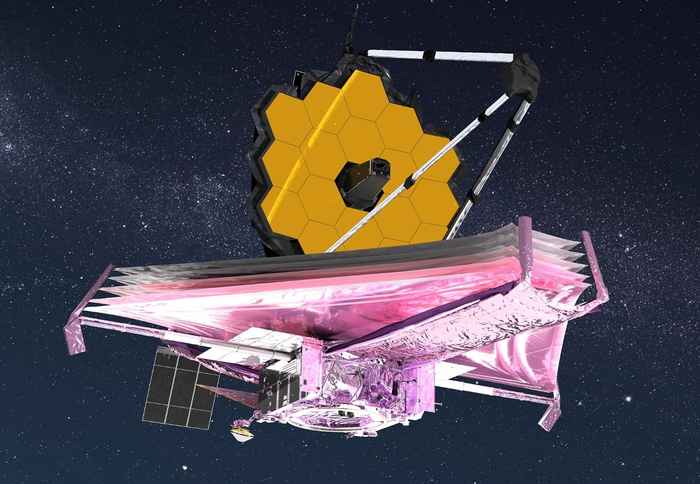Funding for astrochemistry research with James Webb Space Telescope
17 July 2023
The funding includes the appointment of a PhD student at the UvA, who will be supervised by Candian and Buma together with Prof. Inga Kamp at the University of Groningen. The joint research project will focus on the role of polycyclic aromatic hydrocarbons (PAHs) in interstellar carbon chemistry, using a combination of computational chemistry and modelling. PAHs are large carbon-based molecules which are very abundant and widespread in space. Studying their vibrational signatures helps to understand their chemical evolution in the harsh conditions of the interstellar medium.
The newly funded project is part of the research programme ‘Dutch Astrochemistry in the era of the James Webb Space Telescope’ for which the Dutch Astronomy Network (DAN) recently obtained 1,6 million euros from the Dutch Science Foundation NWO, Domain Science. The programme includes a total of seven projects in which astrophysicists and chemists collaborate to study how interstellar ices and hydrocarbons - the main materials that carry carbon, oxygen, nitrogen and hydrogen atoms - chemically evolve, from interstellar molecular clouds to the incorporation into planets and their atmospheres. The programme will generate new experimental and theoretical data to aid the interpretation of astronomical observations performed by the James Webb Space Telescope. This will provide more insight into the origin and evolution of molecules in space and their role in the universe.

Launched in 2021, the James Webb Space Telescope (JWST) is the most complex and powerful space telescope ever built. Compared to its predecessors, the JWST is significantly more sensitive, covers a wider spectral range, and has a better spectral resolution. With its ability to observe the signatures of various types of molecules in different astronomical objects, JWST is particularly suited to advance the field of astrochemistry and bring it to a level that till recently was thought to be impossible to reach.